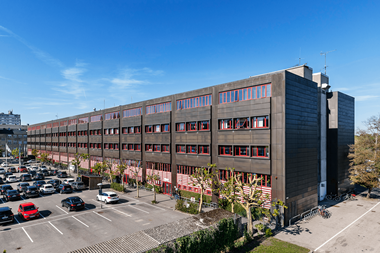Nordic, German and Middle Eastern institutional investors will almost double their real estate allocations, according to Barbara Rupf-Bee, hired earlier this year by Deutsche Asset & Wealth Management (DeAWM) to lead its global client group in EMEA.
Rupf-Bee told delegates at DeAWM’s annual press conference in London that these institutions currently had an exposure to real estate of between 5% and 15%, but this was expected to grow to between 25% and 30%.
“They look towards Asian real estate and the US to supplement their portfolios, which are mainly invested in their home markets and Europe to some extent,” she said.
Infrastructure “is slowly making its way into this grid with a target exposure of between 5% to 8%”, Rupf-Bee added.
“From Germany, the Middle East and the Nordics, we see large searches from institutions for infrastructure, not only as equity investments but also debt – not only senior but also mezzanine and sometimes less secured,” she said.
Rupf-Bee said the interest in these different types of infrastructure investments was “definitely a new trend” in the region.
Hamish MacKenzie, responsible for infrastructure at DeAWM, pointed out the supply chain for infrastructure investments was fuelled not only by governments outsourcing projects but also by companies selling assets.
He cited statistics collected by Credit Suisse last year, which suggested German energy company E.ON was the largest seller of utility infrastructure – aiming to sell off infrastructure operations worth €20bn in total – followed by French GDF (€12bn) and German RWE (€7bn).
MacKenzie explained this was on the one hand part of a deleveraging process but also driven by regulation; the EU’s third energy directive demanded unbundling of ownership in the energy sector to minimise cluster risk, he said.
MacKenzie said, on average, infrastructure debt showed a “much lower default rate compared to equivalently rated corporate debt”, while recovery rates following defaults were much higher.
He attributed this to state guarantees often being given on a percentage of the value for senior debt, and he pointed to the nature and high value of the underlying assets.

















